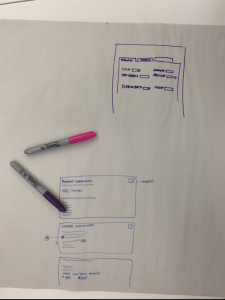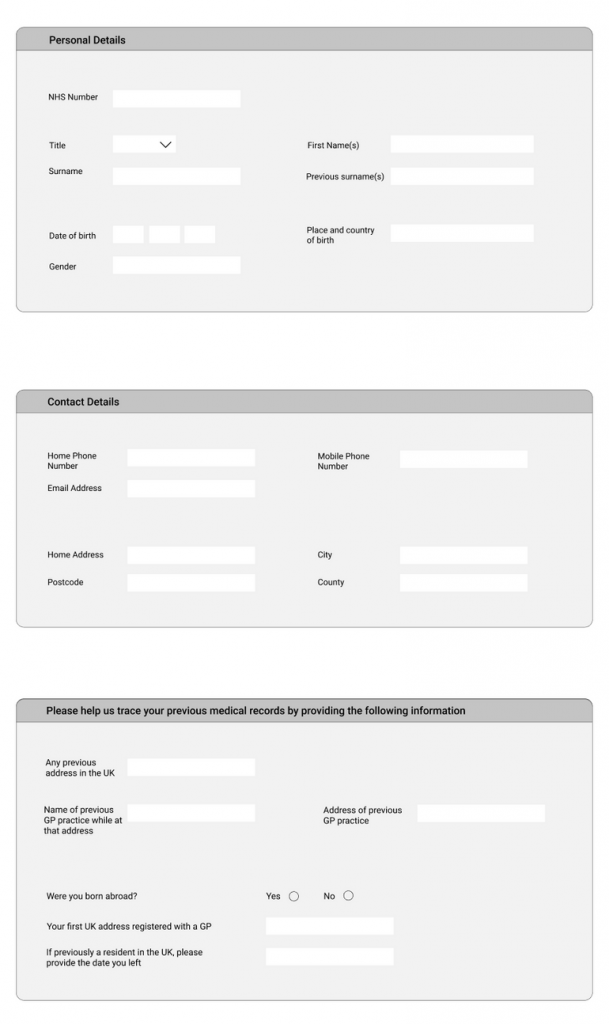Research Techniques
This week we learnt about research techniques. These included the basics of user research, as well as competitor analysis.
Paul spoke about the importance of researching, and different methods we might use within the researching phase of a project. We were also told about bias within research, and how this can negatively affect our research.
Early User Testing
It’s never too early to involve users and test your assumptions.
When you test frequently, even from the earliest of stages (e.g. paper wireframes), you can fail early. Failing early both saves time, and money, so it’s best to catch your mistakes right as you start – rather than months down the line.
Postel’s Law
After this, Paul taught us about Postel’s law –
Be conservative in what you do, be literal in what you accept from others.
- Be empathetic
- Anticipate anything in terms of input
- The more you anticipate, the better the outcome.
I look forward to putting this law into practise as I begin this module’s project.
Group Activity
Paul asked us all to take a screenshot of our GP’s website, and upload them to a Miro board. From here, we were put into groups and asked to work together to select one of the websites and create a journey map using Post-it notes. To do this, we had a list of things to look at regarding the journey a user might take to find and do certain things within the site:
- If you’re a new patient
- Finding a GP
- Operating and opening hours
- Booking an appointment
- Ordering a prescription
We then had to consider how the user would be feeling whilst following these journeys, as well as how they may interact with the site:
- Actions associated with each scenario
- Questions the user may have for this scenario
- Happy moments from the user
- Pain points from the user
- Any opportunities we could think of to improve the sites user experience.

This exercise was a good way to get used to journey mapping, as I’ve only ever done it twice before and never fully understood the best way to do it. I think it also allowed me to empathise more with the user, and understand their needs a lot better. I will 100% be using this research method moving forward.
We were then given some time to create a patient registration form for a GP practice in groups of three. I found this exercise to be quite fun as I love doing group exercises. We split our form into three parts so we could be more time efficient. Before we started to create digital wireframes, we each drew out some ideas on paper:


Here is a screen grab of our final form:

We then went on to learn about A/B testing and triangulation – which I found to be very interesting and useful.
I am really glad that we had this lecture when we did as I think what we’ve learnt today is going to be really useful as we progress into our healthcare project.
For next week, Paul wants us to begin thinking about possible digital solutions for a healthcare product, as we have been researching healthcare and UX more broadly up until this point.

Leave a Reply